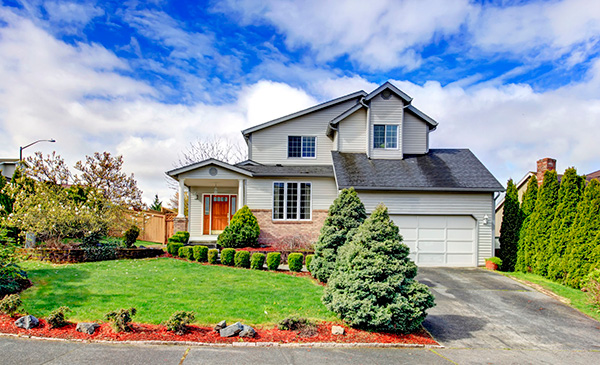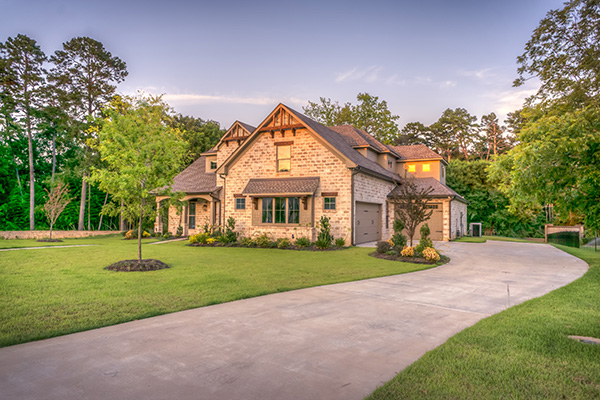NAHB: Home Builder Confidence Drops in January
 Homebuilder confidence in housing market conditions dipped two points in January; ongoing challenges including labor shortages and materials costs were cited by the National Association of Home Builders, which provides monthly readings on home builder sentiment. Three component readings of the Housing Market Index declined by one point each. Readings for current sales conditions, housing market conditions for the next six months and for buyer traffic within new single-family housing developments were 79, 78 and 54 respectively.
Homebuilder confidence in housing market conditions dipped two points in January; ongoing challenges including labor shortages and materials costs were cited by the National Association of Home Builders, which provides monthly readings on home builder sentiment. Three component readings of the Housing Market Index declined by one point each. Readings for current sales conditions, housing market conditions for the next six months and for buyer traffic within new single-family housing developments were 79, 78 and 54 respectively.
Readings over 50 indicate positive builder sentiment. The reading for buyer traffic seldom exceeds 50. Current readings support continued builder confidence in current and future housing market conditions. NAHB Chief Economist Robert Dietz said housing demand should continue to grow in 2018 based on the gauge of future market conditions remaining in the 70s range. Real estate pros have repeatedly cited slim inventories of homes for sale as driving rapidly rising home prices.
NAHB estimated 1.125 million housing starts for 2018, which was 2.70 percent higher than for2017. The Commerce Department released its annual rate of housing starts in December at 1.192 million starts; Building permits were issued at the annual rate of 1.302 million permits issued in December, based on November’s annualized reading of 1.303 million permits issued.
Regional Builder Confidence Readings Rise
Regional readings for builder confidence were higher in all four regions tracked by NAHB. Calculated on a three-month rolling average, the Northeast gained five points for an index reading of 59; The Midwest posted a one-point gain for a January reading of 70. The South posted a one-point gain for an index reading of 73 and the West reported a two-point gain for a reading of 81.
Analysts said throughout 2017 that building more homes would be the only way to solve the housing shortage and resulting challenges including rapidly rising home prices that eliminate first-time and moderate-income home buyers out of affordable home prices and home financing options.
 According to Case-Shiller national and 20-city home price indices for October, home prices continued to rise. National home prices rose 0.70 percent for the three months ending in October. Year-over-year, national home prices increased by 6.20 percent. The 20-City Home Price Index also rose by 0.70 percent in October and reported a year-over-year increase of 6.40 percent.
According to Case-Shiller national and 20-city home price indices for October, home prices continued to rise. National home prices rose 0.70 percent for the three months ending in October. Year-over-year, national home prices increased by 6.20 percent. The 20-City Home Price Index also rose by 0.70 percent in October and reported a year-over-year increase of 6.40 percent. Home builders surveyed by the National Association of Home Builders expressed their highest level of confidence in housing markets since 1999. The index reading for housing market conditions in December hit 74, which exceeded November’s reading of 70. Analysts expected a flat reading of 70 for December. Readings over 50 indicate improvement in housing market conditions.
Home builders surveyed by the National Association of Home Builders expressed their highest level of confidence in housing markets since 1999. The index reading for housing market conditions in December hit 74, which exceeded November’s reading of 70. Analysts expected a flat reading of 70 for December. Readings over 50 indicate improvement in housing market conditions.